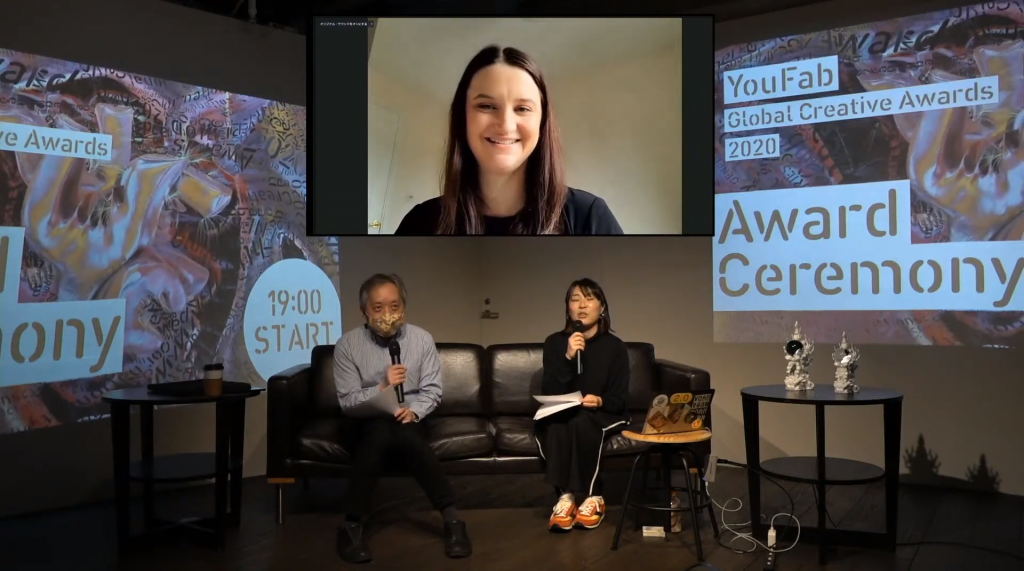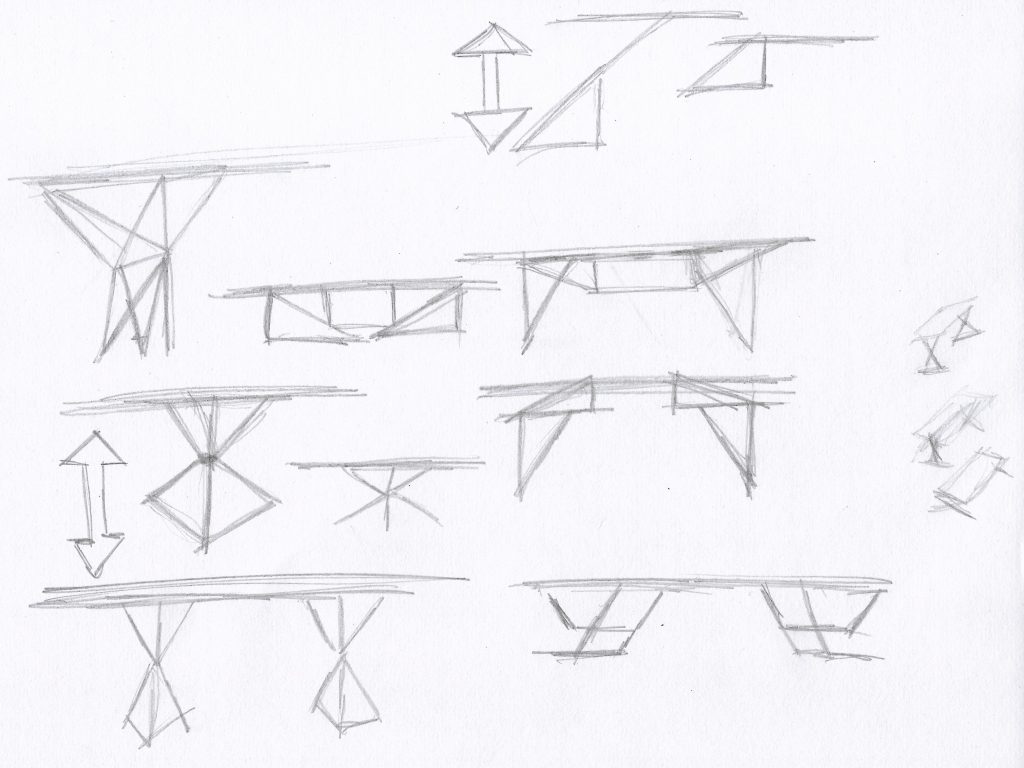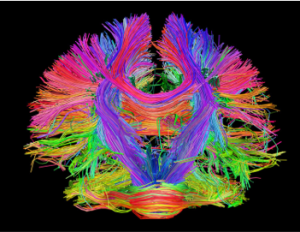
Dear Diary (or Design Journal as you are formally known),
What have I got into? I’m in a class where I’m required to reflect on the term. Mostly, I want to say, ‘I survived!’, but they’ require 2500 words, not just two, so I suspect that won’t be enough. They also want to better understand our thought processes – but I’m not sure that’s advisable – half the time it’s pretty crazy inside my thoughtspace.
I could sum this semester up in 3 words: Struggle, Experiment, and Balance.
Words are funny things though, aren’t they? In different contexts they change meaning, and our experiences and life stories can affect our understanding of words as well. Take ‘struggle’ for example. A lot of professionals and academics would be quick to change ‘struggle’ to ‘challenge’ as if to imply the words are interchangeable! But challenge and struggle don’t mean the same thing. It can be good to struggle, it builds grit, strengthens determination, develops stick-to-it-ness. If you consider the words ‘challenge’ vs. ‘struggle’ in the context of neurodiversity, you might not be so quick to interchange them. Do we want a dyslexic student to struggle? Do we also want to challenge high potential students? How do those terms mesh when you enter the complicated realm of 2e/DME, where students are both struggling and not challenged enough, what a mess! Where is the balance?
While this year has been a struggle, it has also been interesting to experiment – perhaps all of this is just one big experiment?
Application
Starting at the beginning, thinking without using our minds but our hands instead
In our first week of Making as Thinking, we got 3D doodler pens and were invited to make vessels, to play, to experiment. What an invitation! As our friend Einstein said, “Play is the highest form of research”. I started by making tight squiggle patterns using a glass dish as support. The Doodler pen was a bit inconsistent dispensing its material – the freeform effect was both random and pleasing. Off to a good start, I thought!
Happy with my first attempt, I felt brave enough to try 3D doodling without a support structure. But the pen performed better with support (like most people)! In my final freeform efforts, I extended the form by printing vertically (without support). The Doodler pen remained consistently inconsistent, so the material did not cool and harden uniformly.
Next, I used a tall glass to support the material while it cooled and hardened. Hurrah! It worked. The printed shape replicated the shape of the glass. However, the glass snapped the form when I removed it. I won’t use that glass again!
Thinking about vessels, 3D doodles, and my interest in neurodiversity, I started to wonder about 3D printing connections in the human brain. I’d like to scan a variety of peoples’ brains and print them in a series of 3D models to visually represent the beauty of neurodiversity (a beauty that is often concealed within our grey matter). That’s an experiment for another time I suppose.
Then onto something more serious: designing chairs. Although let’s face it, chairs aren’t terribly serious and education through play is what we’re here to do – so in keeping with that spirit – I experimented some more.
The lecturers encouraged us to jump right into model building. I had so many ideas floating around I had to sketch them in small vignettes to keep them from flying away. As you Dear Diary know, brainstorming ideas and getting them on paper helps me sift through my crazy thoughts and unearth the most interesting ideas.
I began by exploring the linear shapes of art deco chair design. However, I soon discovered my model chair could tip over. I thought to myself, “This chair should take itself more seriously!” I considered using different materials in the base/seat to make it heavier, or redesigning the legs. But I wanted to keep the aesthetic elements of art deco. Needed to find some balance here as well.
Returning to education
Dear diary, let me ask you, did I underestimate my 10-year gap in design education? There were a lot of ‘firsts’ and a lot of ‘first time in a long time’ this year. I used a laser cutter for the first time and was particularly interested in its ‘etching’ abilities. I decided on a simple chair design to celebrate the aesthetic of the etching functionality.
My experiments with chair designs continued into bending. Sadly, there was no time in the first semester to make full models using the bag press, and restrictions in the second semester made this impossible. I did manage one experiment layering flat materials, gluing each layer and then vacuum-forming over a shape. I hope I will meet the bag press again next year!
What about that components project? I piled the components next to and on top of each other, then looked in the workshop for more inspiration. After playing with (ahem, ‘manipulating’) the components, I realized the brown clip could make an interesting foundation for a table lamp. After completing my first attempt at making a light, where we were left to our imagination (little instruction was given) – the lecturer said they would like to have a light that could attach to their music stand! I procured a black clip that I thought was better for this purpose than the brown one, and I designed a component to be printed in 3D to slip over the two straws and act as a lampshade, diffusing and directing the light towards the sheet music.
My most serendipitous learning in the first semester was when working with moulds. I learned that using duct tape to line my mould makes a different effect, and different patina effects can be made on jesmonite, depending on how you remove the mould.
Learning outside my own specialism and working through imposter syndrome
I also conducted many colour experiments through the Creative Lighting module. I was worried expectations would be high, given my background in Interior design. Confidence is something I need to work on. I’ve received an email confirming my Finalist Award for the YouFab Contactless project, and I still wake up thinking I’ve misread the email – or will get another email saying they made a mistake!
Semester 2 was also a very interesting experience. Coming back from Christmas break, still in the depths of a pandemic, on the back of news I had won a youFab finalist award – started to feel strange. I was suffering from imposter syndrome and Covid fatigue.
Some projects I felt I struggled with but still really enjoyed. I took a basic approach to using the laser machine in my flat project, but I felt more confident using it in my shadow and shade project later in the year.
I also learned about design work I thought I would enjoy but didn’t. For example; the graphic design element of user interface or user experience design (UX/UI/Digital Product Design). I enjoy understanding the needs of the users, thinking about how the app would work and imagining the feel of the visuals – but creating the graphics wasn’t fun. I can recognize good app design more through the experience, and I have solid enough skills to complete the graphic elements, but I won’t be changing specialisms anytime soon!
One thing I missed this year was the opportunity to learn set skills directly from my classmates. For example, perhaps a motion graphics student could demonstrate how they would create a short advert video for your product, and in the process, you learn some motion graphic skills. In return, I could share skills in prototype making or 3D modelling. I also missed out on the Arduino kit because I didn’t understand what it was about, and it sounded too intimidating when I was selecting my ACRNs. Now that I’ve seen classmates work with it, I see how it could help my product design core skills. For example, I could use Ardunio to create a proof-of-concept prototype of how my Contactfull products would respond to stimuli and demonstrate my concepts physically, rather than using descriptions. I hope the Making Club at Napier starts again soon so I can work with Arduino and make up for lost time in the workshop.
Skills
Personal core skill improvements
Dear diary, I wish you could see the improvement in my work. Not just through refining initial projects but also my technical skills, while rusty, are improving. I taught myself Blender 3D and video editing to complete the youFab submission – and for that I am proud. Second semester brought on a new task, ‘core skills’. Oh boy! I want to gain or improve on so many technical skills, and now it’s an assignment that feels made for me! I kept notes on my learning particularly around the set teachings and structured self-learning. Unfortunately, I didn’t have time to document in detail the core skills developments that I acquired through trial and error, watching parts hundreds of YouTube videos and scrolling through forums for answers to my questions. My Blender 3D skills have come a long way using this process. I now have keyframe animation as part of my minor project, as well as full scene renderings. Even the supervising professor was curious to know the program I used. I chose Blender because it’s free. Simple as that. Last time I graduated from university I lost access to all the programs I had been using and then it meant I couldn’t keep my skills up to date at home. This made my skills heavily reliant on the job market. Not an experience I want to repeat.
I also learned how to do basic work in Affinity (a cheaper alternative to Adobe), using the trial and error, googling strategy.
Some top tips I have learned using a trail and error system:
- RGB and CYMK files look different when exported for a website
- When importing 3D objects from OnShape to Blender, first export as a Collada file instead of an obj. This filetype provides the best import option with meshes that allow for UV unwrapping and editing.
- Press G and double Z to pan the camera (I googled this too many times!)
Collaborative working and critique
In the group work Borders assignment, I learned some key things. First, I learned that Border is sometimes spelled with an ‘a’, and sometimes not. These two spellings mean different things, and that’s confusing for a dyslexic. Second, it was challenging working remotely with unknown designers from different specialisms. Going forward, I’d like to set out a stronger understanding from the beginning of the design direction. It was difficult to build consensus in the group and make sure all ideas were considered. This tension led to a problem around creative editing and an unclear message. In future, I’ll plan to explicitly discuss expectations and communication methods. Specifically, everyone should share work in an editable format. Having one member update group ideas without making them accessible to other team members was not ideal. In the Borders project, I find the spelling and formatting mistakes (which could have been addressed before we submitted) were an irritating distraction from the overall quality of the work.
Offering critique was another key area of learning. I found it difficult to offer critique after experiencing a classmate getting particularly defensive. It’s challenging to find the right words to ensure someone knows you have their best interest at heart. In the second semester, it was easier to give feedback to classmates, although maybe because most of the feedback I gave was to others in my specialism. Critique across specialisms is something I want to work on. Perhaps never meeting some of my classmates in person created a strange dynamic.
Research practices
I was introduced to design journaling in my undergraduate 10 years ago. We were given moleskin notebooks and told to explore the City, noting and sketching what we saw, felt, and design ideas. I remember receiving feedback on my notebook in the form of a note next to one of my sketches saying “you can do better”. That’s feedback that sticks with you! Or being told to keep going down a track even if you’re not sure if it’s the right one – you’ll get credit for documents all avenues explored. Failure in design is expected. I’ve learnt in this course that there’s nothing wrong with my sketches, they’re personal for a reason. Even famous designers drew napkin-style scratches such as Eileen Gray’s development of her height adjustable table (as cited in Wilkison, 2019).

The experience of going back to school, during a pandemic, has been a rollercoaster ride. I rediscovered old talents, but I also acquired a lot of new knowledge, a real underpinning to what we do as designers. I have used analytical and research techniques such as semi-structured interviews during my professional work as an analyst. Now I understand that these research activities have structured methods to them.

General
One lecturer this year told me that part-time students usually do better in the program. They said it was because part-time students have more time. This comment stuck with me, and I don’t agree with this statement on the surface. I suspect people who enrol as part-time students are driven by other common factors. Perhaps they are more likely to be mature students, and have a professional day job (I.e., vs. Part-time work at night). Perhaps the achievements of part-time students can be attributed to their experience rather than having more time. Of course, research could prove or disprove my hypothesis. I certainly don’t feel I’ve had ‘more time’ than my classmates. Especially in the first semester when the workload in my specialism was very similar, I was working for an international company and getting married during a global pandemic. I would say, however, that there is one part of this observation that may ring true. It’s not the initial interpretation that part-time students have more time during the week to complete work; rather, part-time students have the opportunity for the 1st year’s learnings and reflections to influence their work in the 2nd year. There’s more space to allow the knowledge to be digested and ‘sink in’.
I have acquired a (somewhat worrying) interest in learning and new topics. Enthusiasm for the acquisition of knowledge isn’t a bad thing, but I will need to start concentrating my efforts on a particular area of interest for my dissertation. For now, I’ll celebrate the accomplishments and understanding already acquired. What a challenge (and struggle) this course has been! Looking back, it’s hard to believe I learned so much in such a short period. I’m not sure I’ve discovered my balance yet (or figured out my imposter syndrome), but maybe there’s something in the idea of discomfort and the production of great design. At the very least, I think I deserve a glass of wine with my classmates, socially distanced of course, because sometimes a good design is simply an answer to the question at hand regardless of its imperfections.
References
Wilkinson, P., 2019. Great Designs: the world’s best designs explored & explained. 2nd ed. London: Penguin Random House.




















